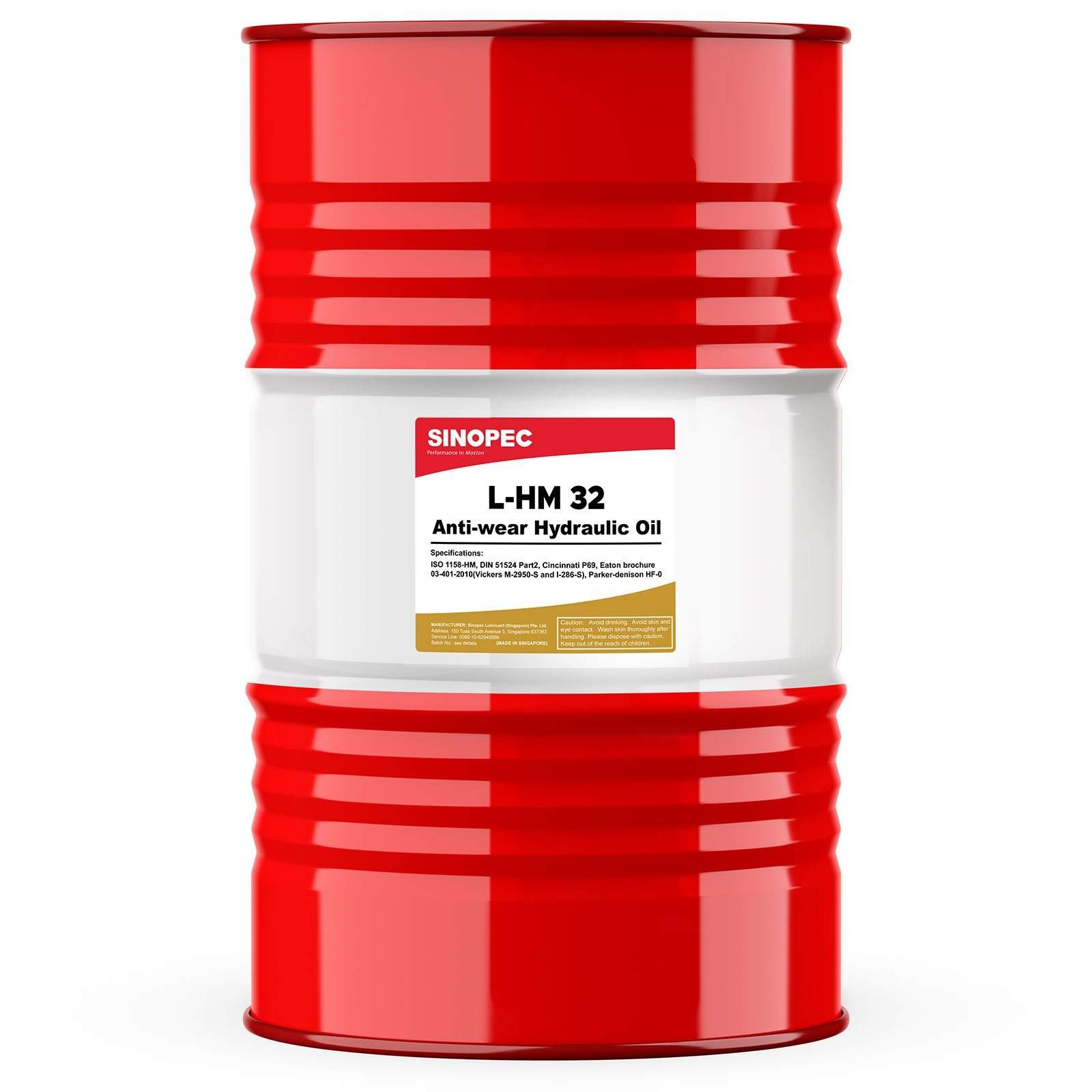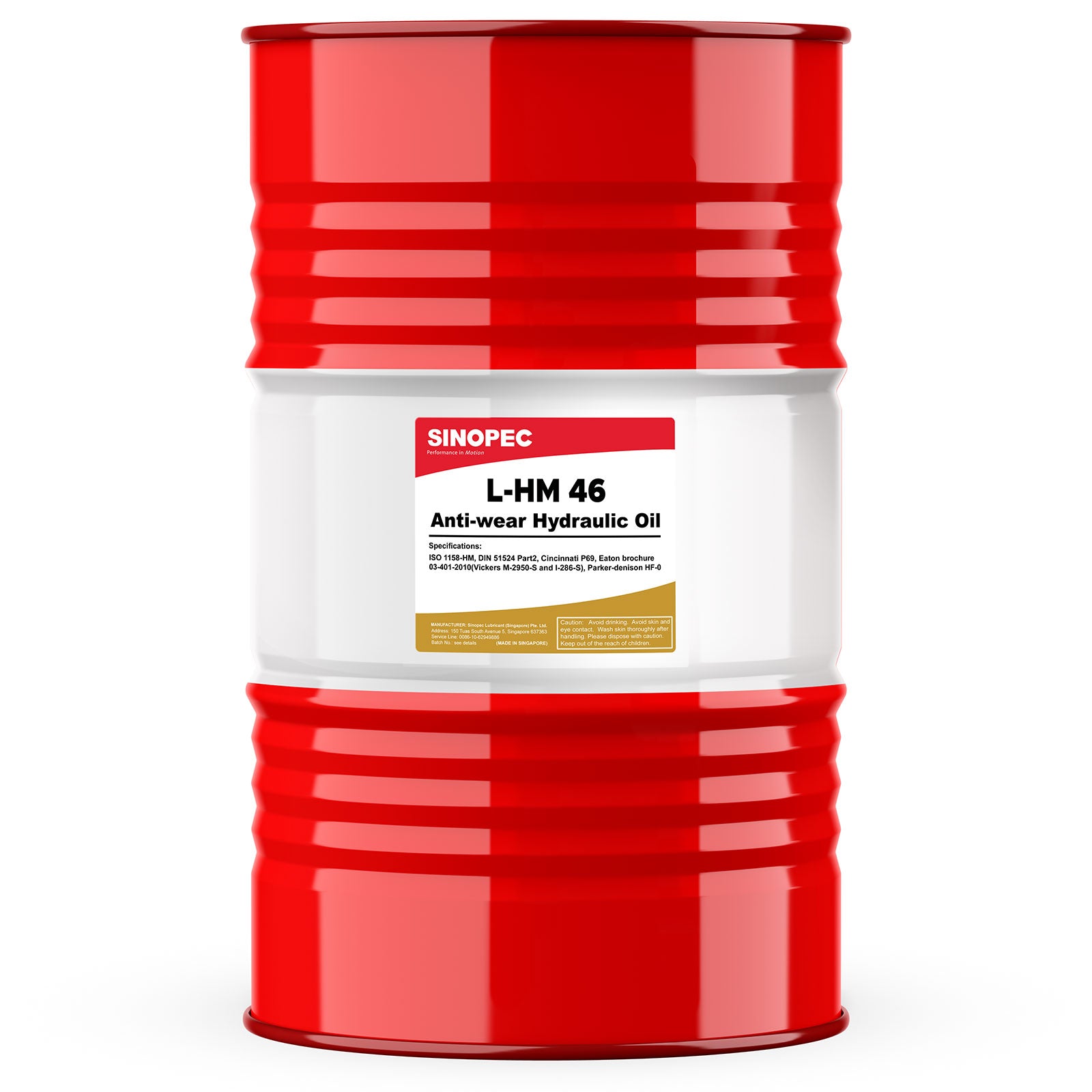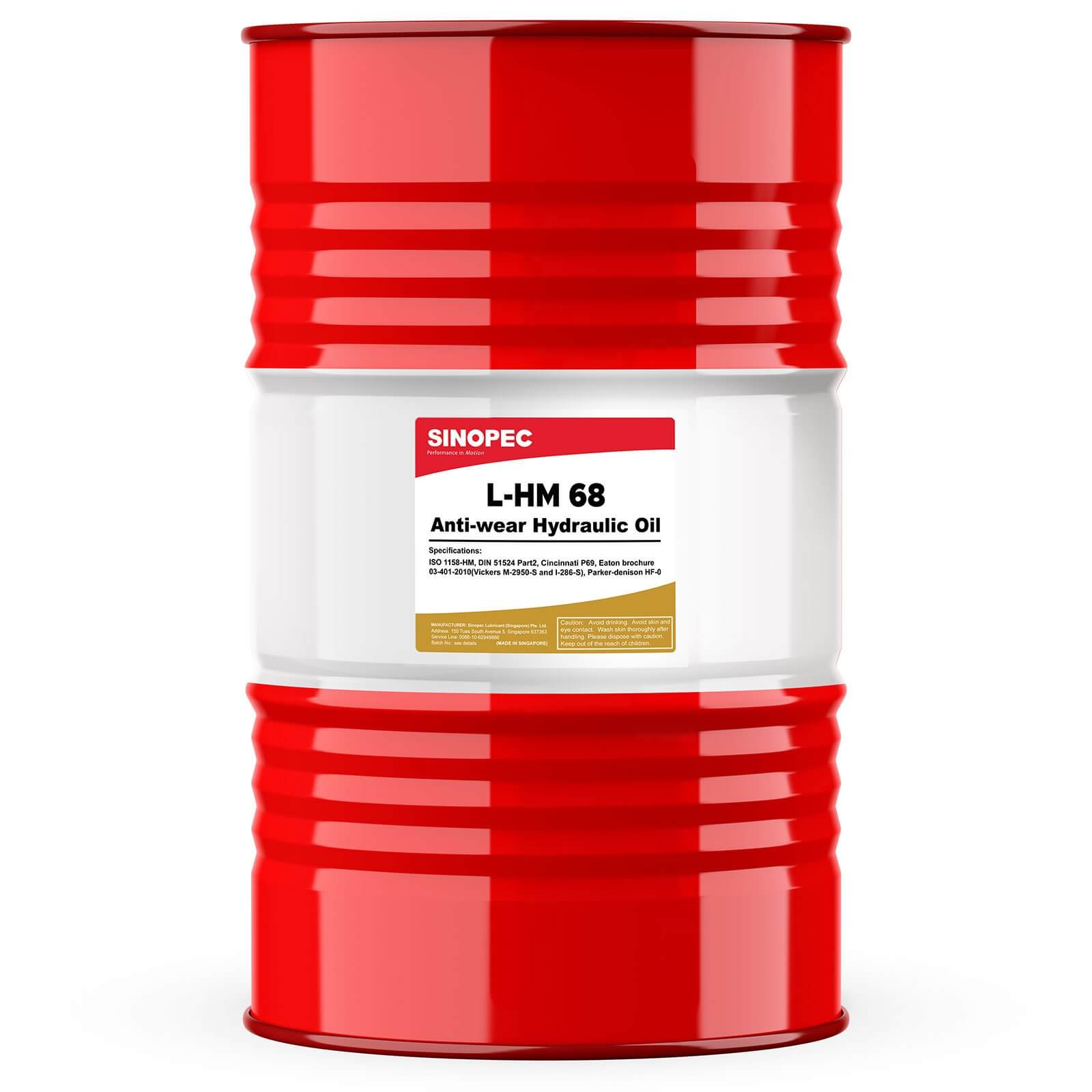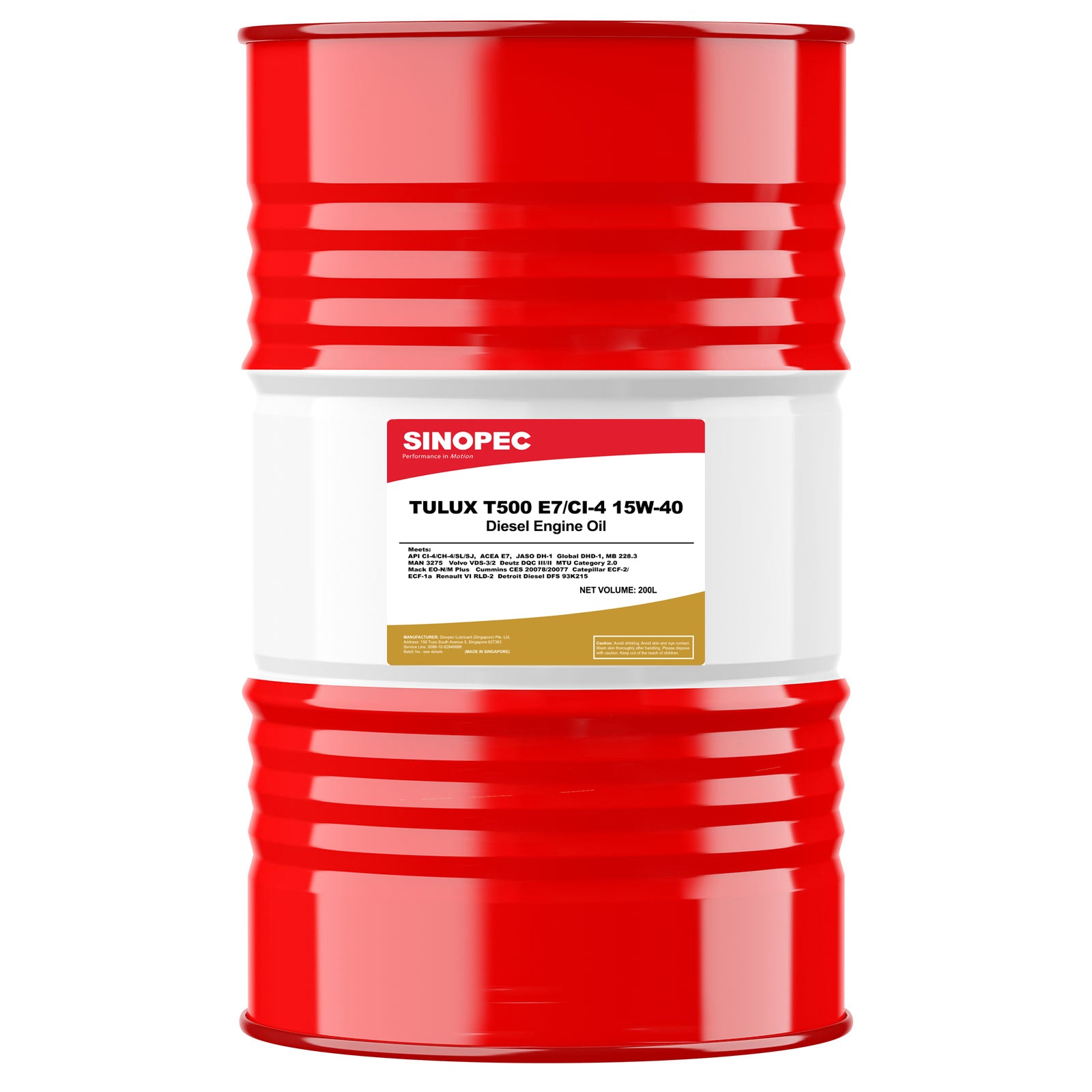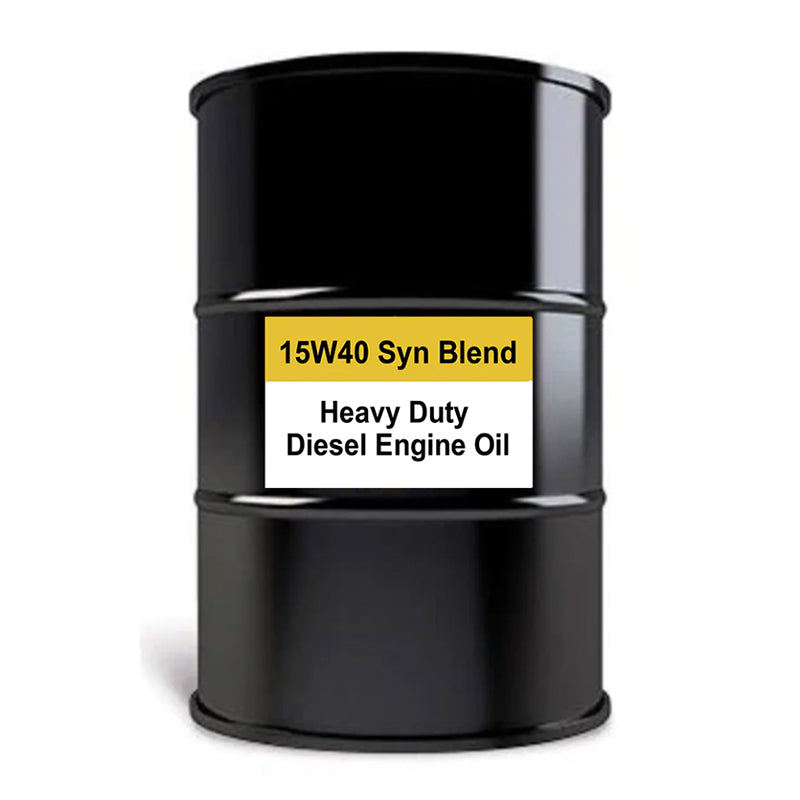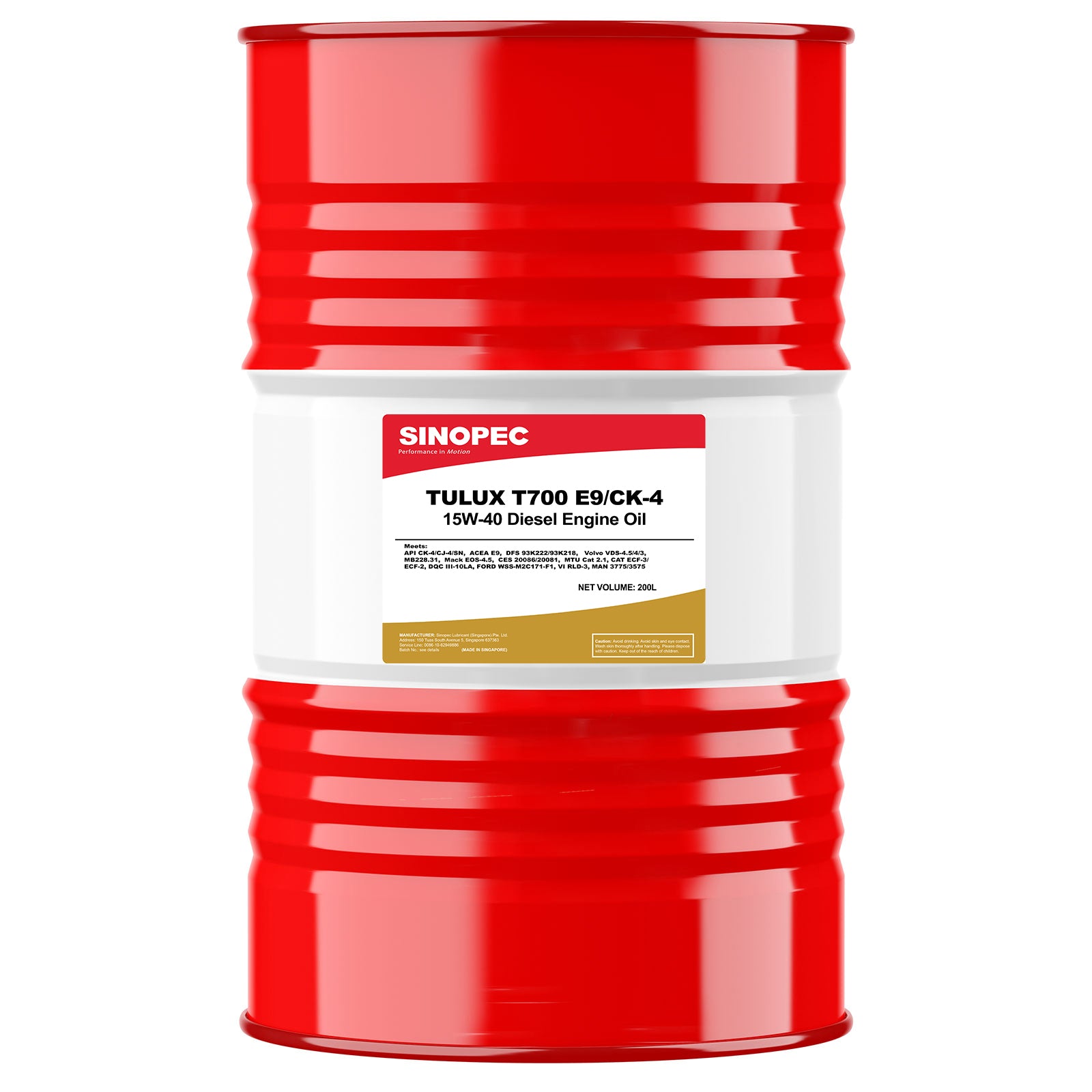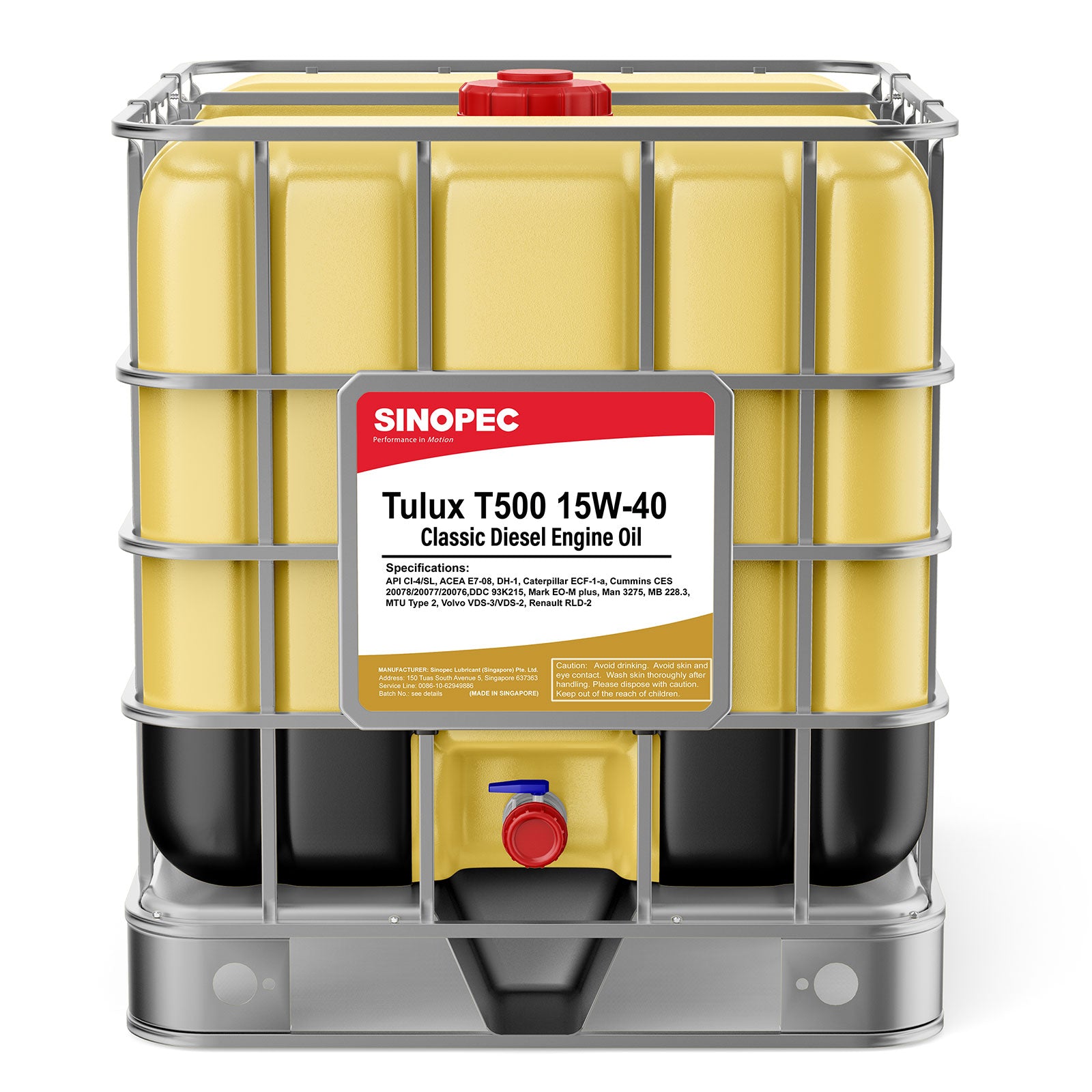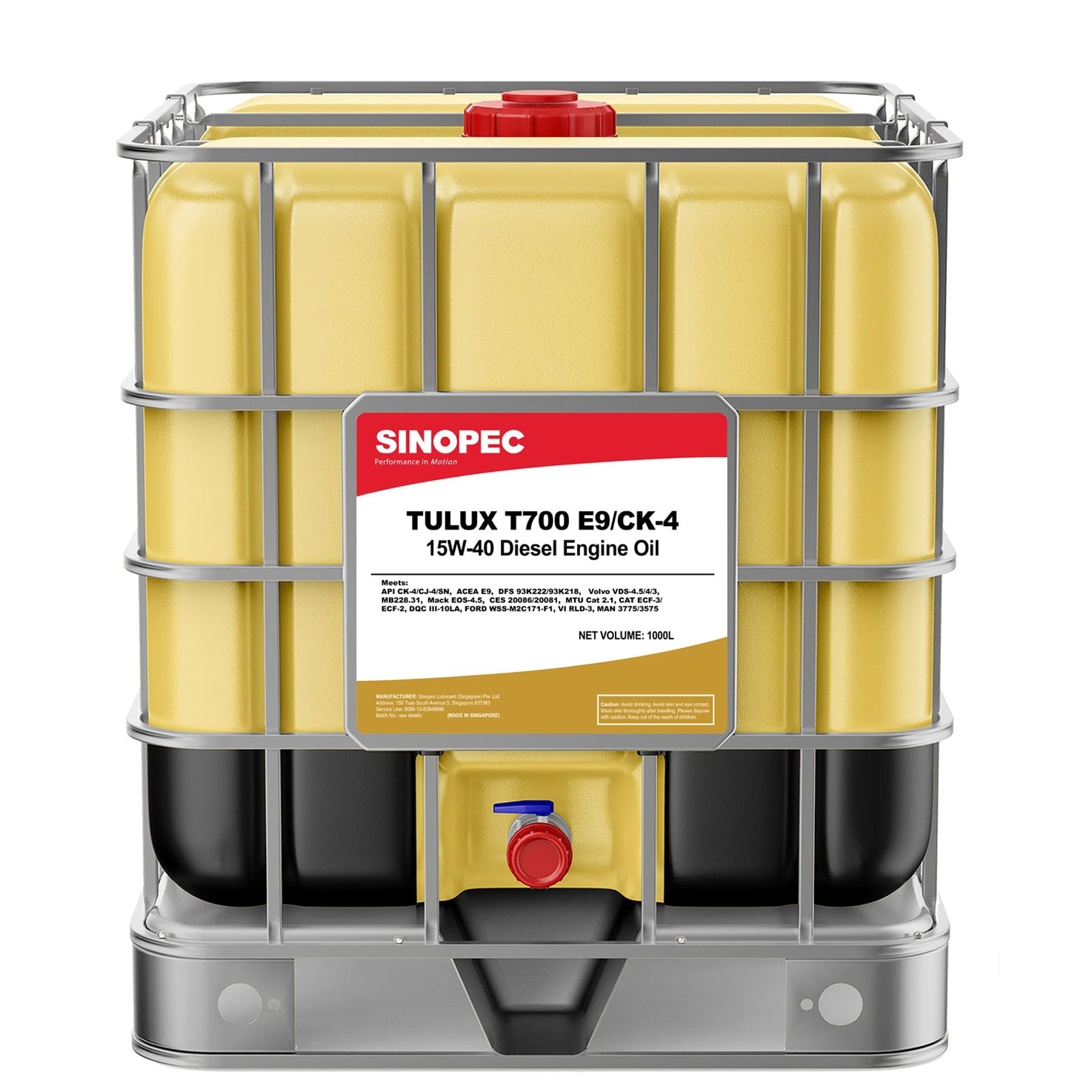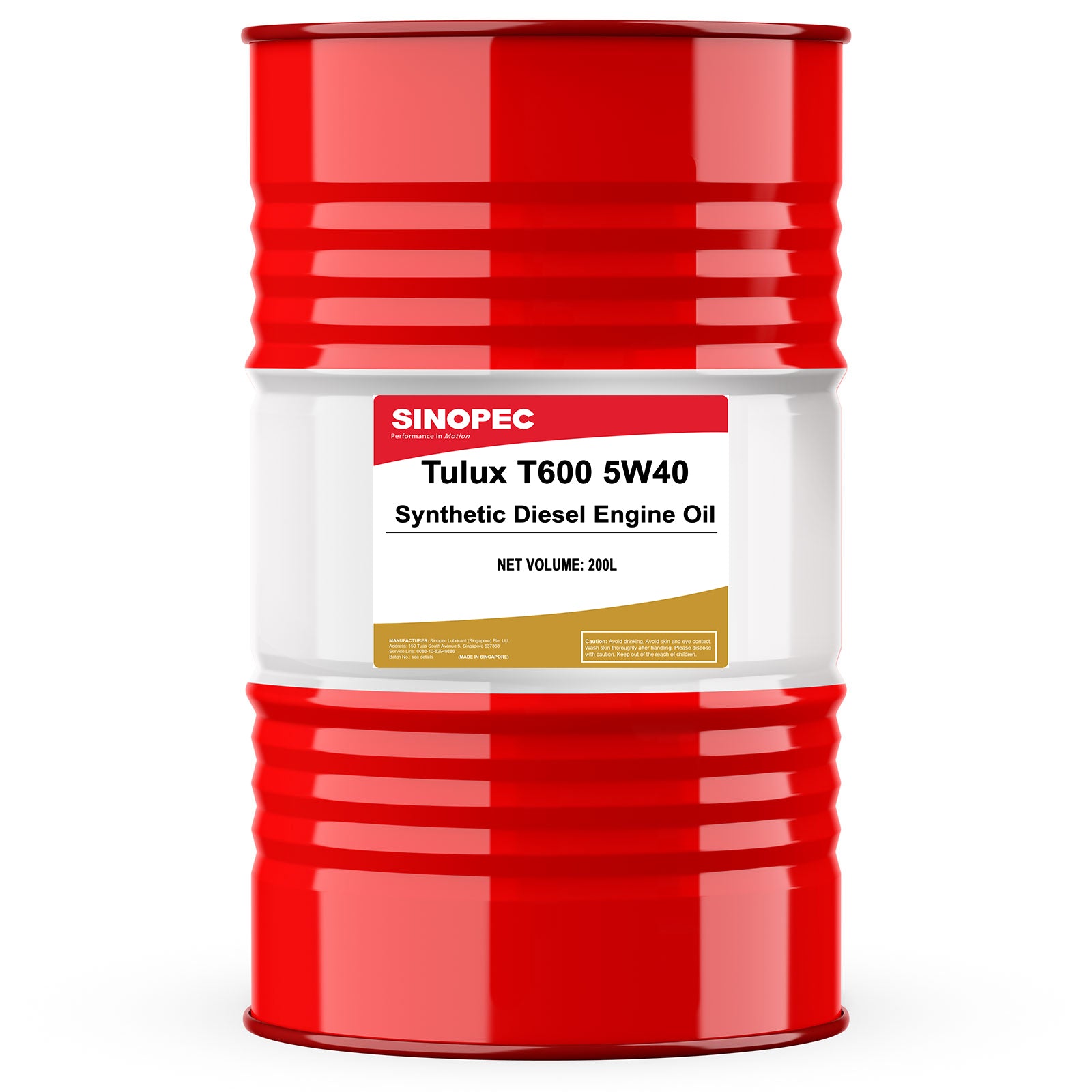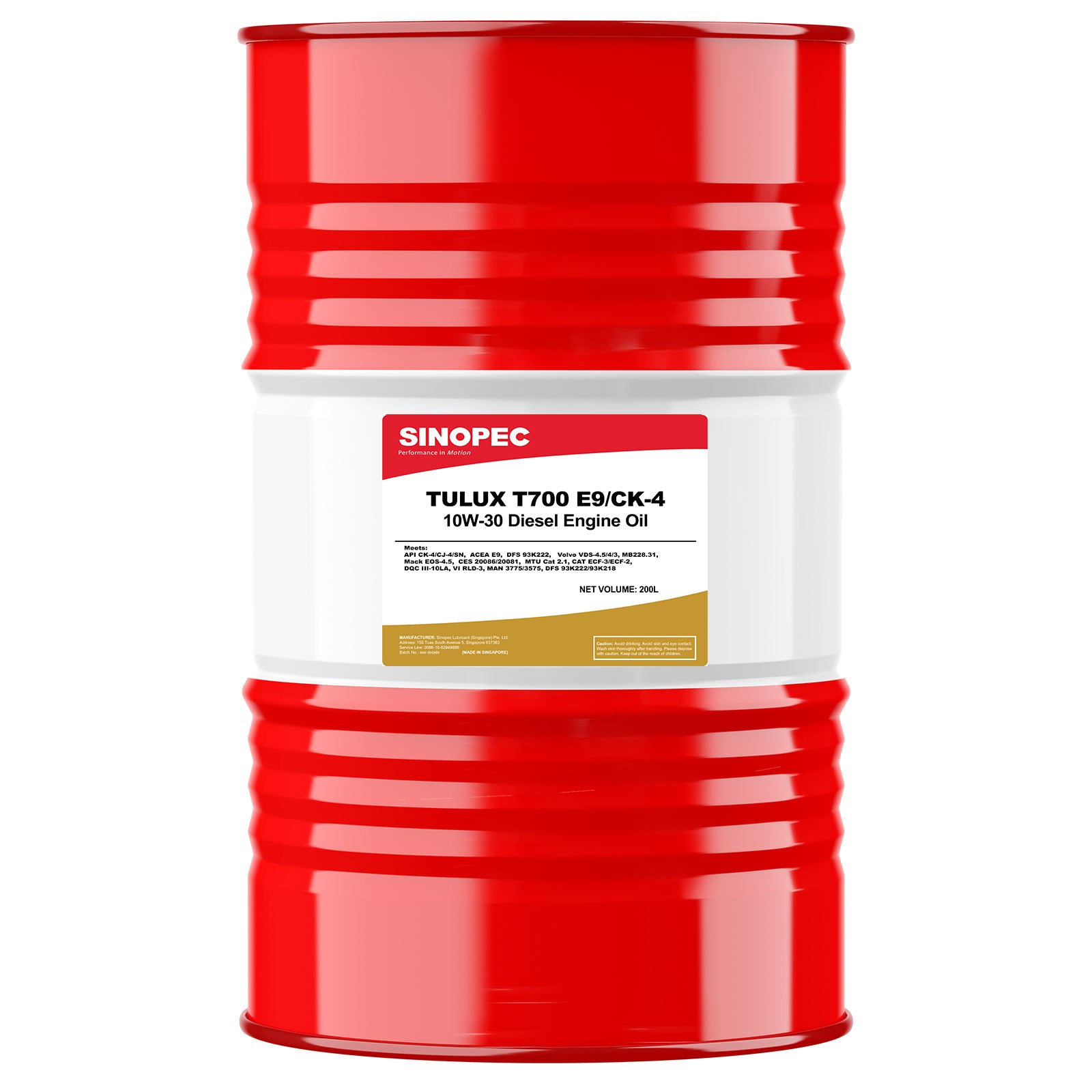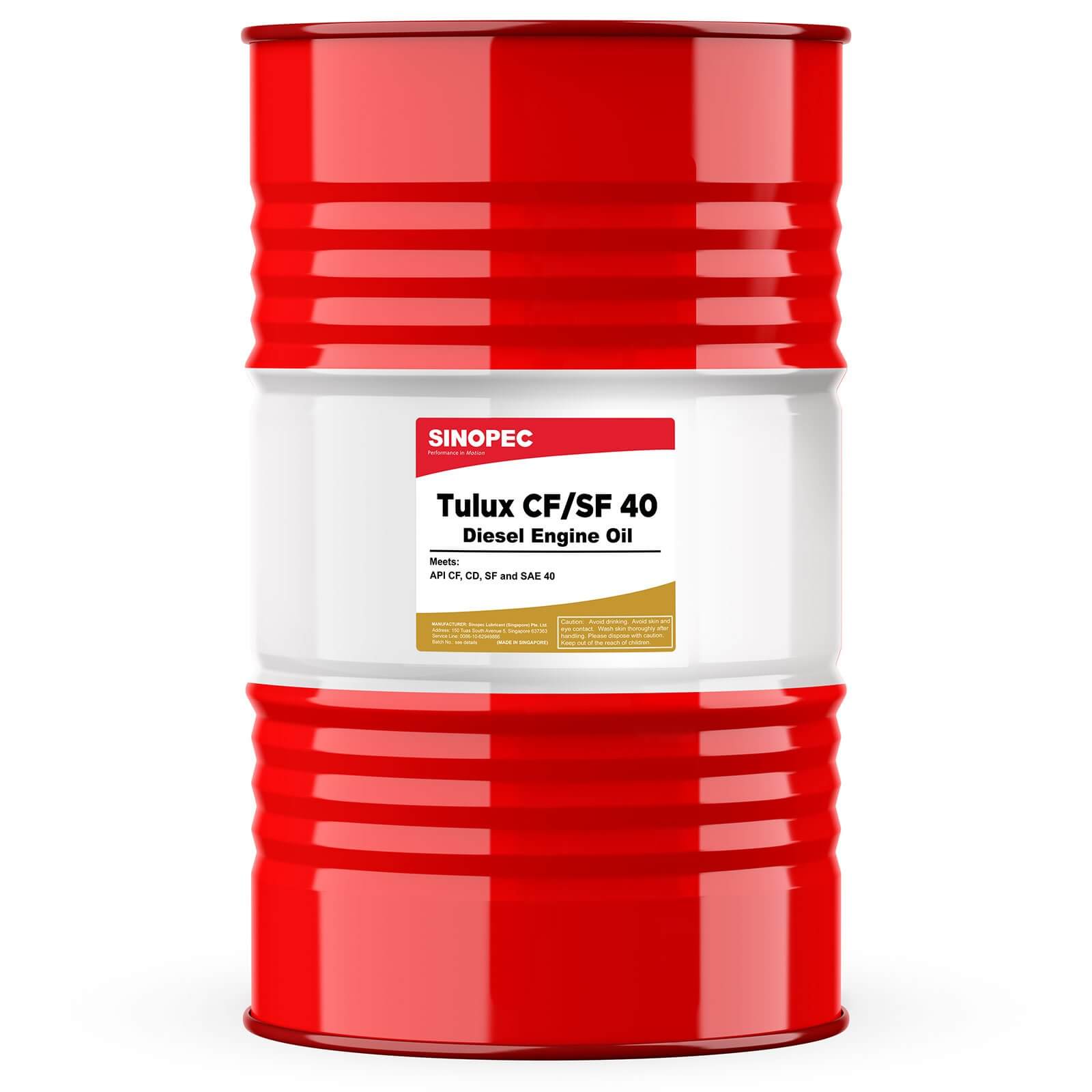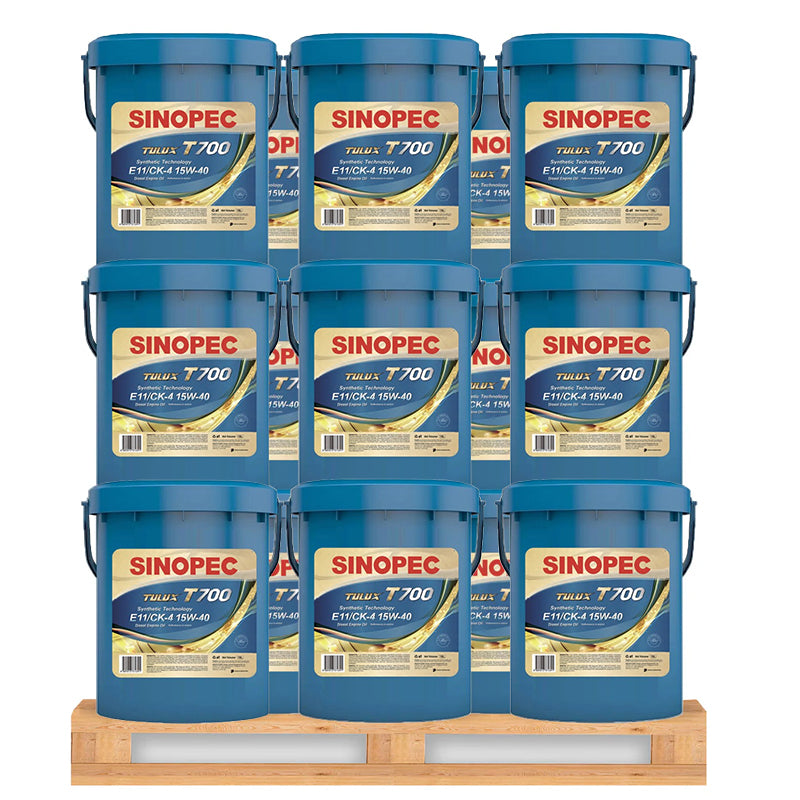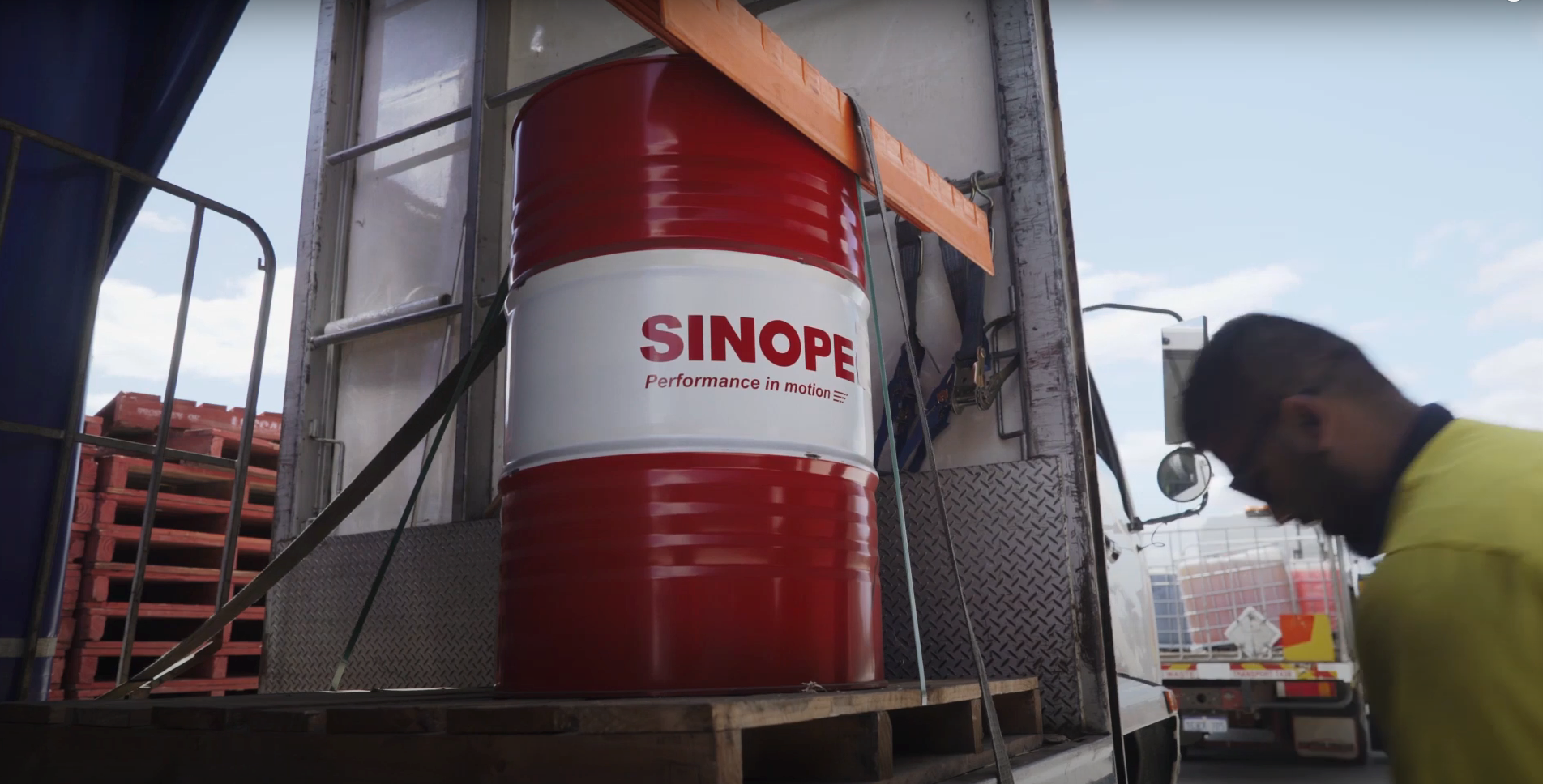Reid Vapour Pressure (RVP)
Usually used in reference to gasolines, it is the vapour pressure of a sample at 37,8C determined by a prescribed method.
Relative Humidity
The amount of water vapour actually present in a gas expressed as a percentage of the amount present when the gas is saturated with water vapour at the same temperature.
Research Octane Number (RON)
The octane number of a motor gasoline determined in a special laboratory test engine, under mild ‘engine-severity’ conditions, giving a measure of the low speed knock properties of the gasoline.
Residual Fuel
A fuel composed mainly of unevaporated materials after the atmospheric distillation of crude oil.
Ring Lubrication
A system of lubrication in which the lubricant is supplied to the bearing surfaces by an oil ring.
Ring Sticking
The freezing of a piston ring in its groove, in a piston engine or reciprocating compressor, due to heavy deposits in the piston ring zone.
75
Road Octane Number
A numerical value based upon the relative antiknock performance in an automobile of a test gasoline as compared with specified reference fuels. Road octanes are determined by operating a car over a stretch of road or on a chassis dynamometer under conditions simulating those encountered on the highway.
Rocker Arm
A lever which is operated automatically to open and close the valves of an internal combustion engine.
Roller Bearing
An ant-friction bearing comprising rolling elements in the form of rollers.
Rolling Bearing
A general term describing all types of ball and roller bearings.
Rolling Element
The balls or rollers of a rolling bearing.
RON
Research Octane Number.
Rotary Compressor
A machine in which gas compression is achieved by the revolution of a rotor or rotors.
76
Rotary Screw Compressor
A machine which compresses air by the action of two intermeshing screws or rotors.
Rotary Vane Compressor
A machine which compresses air through the action of sliding vanes set in slots in a rotor which turns in a cylindrical casing.
RSI
Registrations Systems, Inc.
Rust Inhibitor
An additive included in some lubricant formulations to restrict the formation of rust on lubricated surfaces.
Rust Prevention Test (Turbine Oils)
A test for determining the ability of an oil to aid in preventing the rusting of ferrous parts in the presence of water.
Rpm
Revolutions per minute
RVP
Reid Vapour Pressure.
SABS
South African Bureau of Standards.
77
SAE
Society of Automotive Engineers, an organisation serving the automotive industry.
SAE EP Lubricant Tester
A machine designed to test the extreme-pressure properties of a lubricant under a combine rolling and sliding action. The revolving members are two bearing cups that rotate at different speeds.
SAE (Viscosity) Number
System for classifying crankcase, transmission, and differential lubricants, according to their viscosities, established by the Society of Automotive Engineers. SAE numbers are used in connection with recommendations for crankcase oils to meet various design, service and temperature requirements affecting viscosity only; they do not denote quality.
SAE System
A system devised by the Society of Automotive Engineers for classifying engine and automotive gear lubricants according primarily to their viscosity
Saponification
The chemical conversion of a fatty acid and base or alkali into a soap. A common process in grease manufacture.
78
Saybolt Furol Viscosity
The time in seconds required for 60 cubic centimetres of a fluid to flow through the orifice of a Saybolt Furol Viscometer at a given temperature under specified conditions. The orifice of the furol viscometer is larger than that of the universal viscometer, the former instrument being used for more viscous fluids.
Saybolt Universal Viscosity
The time in seconds required for 60 cubic centimetres of a fluid to flow through the orifice of the Standard Saybolt Universal Viscometer at a given temperature under specified conditions.
Scavenging
The removal of waste gases from the cylinder of a two-stroke internal combustion engine.
SCL
A sulphur, chlorine and lead component extreme pressure additive package once commonly used for automotive type gear lubricants. Has been largely replaced by sulphur/phosphorous materials.
Scoring
The same as scuffing.
Screw Pump
A pump used in some hydraulic systems which pumps fluid through the action of intermeshing screws.
79
Scuffing
In gears, a type of wear which develops when direct metal-to-metal contact takes place between gear teeth.
Scuffing Particles
Scuffing particles are large, twisted and discoloured.
Self-aligning Bearing
A rolling bearing in which the applied load is distributed uniformly within the bearing even when the alignment of the shaft changes.
Semi Fluid
Any substance having the attributes of both a solid and a liquid. More generally, any substance in which the force required to produce a deformation depends both on the magnitude and on the rate of deformation.
Semisynthetic Fluid
A metalworking fluid with moderate to low content of mineral oil, usually 5% to 30%. Generally contains a significant amount of water, 30% to 60%. Emulsification generally results in the formation of a microemulsion.
Separate Test
A test to determine the tendency of oil to separate from a lubricating grease under conditions prescribed in ASTM Method D 1742.
80
Separator
In rolling bearings, the same as a cage. In compressed air systems, the same as a coalescer. Series 3
An abbreviation for the discontinued Caterpillar Tractor Company crankcase oil specification ‘Superior Lubricants (Series 3).
Shear Force
A force that causes parallel layers in a body to become displaced with respect to one another.
Shear Rate
The difference in speed of movement between two adjacent layers in a body subjected to a shear force.
Shear Stability
The ability of a grease or lubricating oil to withstand mechanical shearing without being degraded in consistency or viscosity.
Shear Stress
The force per unit area acting tangent to the surface of an element of a fluid or a solid.
Short Residue Oil
The least volatile fraction of oil obtained after the vacuum distillation stage in the refining of crude petroleum
81
SHPD Lubricant
A super high performance diesel engine lubricant.
Silicone
A complex synthetic polymer composed of repeated silicon containing units and often used where a chemically inert lubricant is required.
Single-acting Compressor
A reciprocating compressor with cylinders that contain only one compression chamber.
Single-stage Compressor
A machine which takes in a gas and compresses it fully in one action.
Skew Gear
The same as a crossed helical gear.
Slack Wax
The waxy by-product removed in the solvent dewaxing process.
Sleeve Bearing
A journal bearing, usually a full journal bearing.
Sliding Bearing
A bearing which supports a load and allows it to slide.
82
Sliding Vane Compressor
The same as a rotary vane compressor.
Sludge
The soft deposits , usually dark coloured, formed in lubrication systems , mainly consisting of oxidized lubricating oil components, water and in internal combustion engines , carbonaceous residues from fuel combustion. A black sooty deposit which usually forms in engines as a result of oil oxidation and ineffective dispersancy.
Slumpability
A property of some greases that makes them partially self levelling. Greases possessing this property can be pumped from a container without the need for a follower plate.
Slushing Oil
An oil or grease-like material used on metals to from a temporary protective coating against rust, corrosion, etc.
Smoke Point
The maximum height of flame measured in millimetres at which a kerosine will burn without smoking when tested in a standard lamp.
Soap
A compound formed in the reaction between a metal hydroxide (such as lime) and a fatty acid (an organic acid derived from natural fats), e.g. lithium, calcium soaps in grease. The ordinary soaps are those of sodium and potassium. The soaps of lithium, calcium, sodium, and aluminium are the principal thickeners used in grease making.
83
Sodium Base Grease
(Soda grease). A grease prepared from a lubricating fluid thickened with Sodium Soap, stable at high temperatures but washing out in moist conditions.
Softening Point
The temperature at which bitumen reach an arbitrary degree of softness, usually determined by the ring and ball test method.
Solid Lubricant
Any class of lubricants in which the reduction of friction and wear during sliding is caused by making the shearing take place within the crystal structure of a material with low shear strength in one particular plane. Examples include graphite, molybdenum disulphide, and certain soaps. Lubricating grease is not a solid lubricant, but may contain solid lubricants as additives.
“Soluble” Cutting Oil
A metalworking fluid with high oil content (50% to 80%) and little or no water content. As sold it consists solely of oil, emulsifiers, oil-soluble lubricants, corrosion inhibitors, etc. When mixed with water it creates an emulsion that is milky in appearance.
Solvency
Ability of a fluid to dissolve organic materials and polymers, which is a function of aromaticity.
84
Solvent Dewaxing
A refining process by means of which wax is removed from lubricating base oil. The waxy oil is mixed with a solvent mixture (usually methyl ethyl ketone and toluene) and heated to ensure complete solution. The mixture is chilled and precipitated wax removed by a rotary filter, before the solvents are stripped from both oil and wax fractions and re-used.
Solvent Extraction
The removal of impurities from a lubricating oil base stock by treatment with a solvent which dissolves the impurities but does not mix with the base stock.
Solvent Refining
A refining technique to improve the quality of base oils using selective extraction of undesirable components by means of a solvent, usually furfural.
Spark Ignition
The system of ignition used in a petrol engine in which a fuel/air mixture is ignited by an electric spark.
Specific Gravity
The ratio of the weight in air of a given volume of a material to the weight in air of an equal volume of water at a stated temperature.
Specific Heat
A measure of the amount of heat required to raise the temperature of a substance.
85
Spectrographic Oil Analysis (SOA)
A sophisticated analytical technique for determining the types and quantities of elements in an oil sample.
Sperm Oil
A fixed non drying pale yellow oil obtained from the head cavities and blubber of the sperm whale. Formerly used as an oil additive but now prohibited from use by law in the United States.
Spindle Oil
A low viscosity oil is intended for the lubrication of high speed spindles such as those used in textile mills, and for light, high-speed machinery.
Splash Lubrication
A system of lubrication in which parts of a mechanism dip into and splash lubricant onto themselves and/or other parts of the mechanism.
Spray Gear
A pair of toothed wheels used to transmit power between parallel shafts. The teeth of a spur gear wheel are cut parallel to its axis.
Spray Lubrication
A system of lubrication in which the lubricant is sprayed directly on to the surfaces to be lubricated.
86
Spur Gear
A pair of toothed wheels used to transmit power between parallel shafts. The teeth of a spur gear wheel are cut parallel to its axis.
Squawk
A harsh abrupt sound sometimes emitted by oil-immersed braking systems.
Stabiliser
An additive which may be included in some grease formulations to ensure that the base oil and thickener form a stable mixture with a uniform composition.
Stability
Ability of a lubricant to resist natural degradation reactions upon exposure to UV radiation, heat, or oxygen.
Stick-slip
A jerky type of motion in which a moving part of a machine tends to stick as static friction builds up to a maximum and then slips as the static friction is overcome.
Straight Mineral Oils
Oils which do not contain compounds or additives.
Starting Fluid (diesel)
A fluid, such as diethyl ether, which has a wide flammability range; used to start diesel engines at extremely low temperatures.
87
Static Friction
The friction between two surfaces not in relative motion but tending to slide over one another. The value of the static friction at the instant relative motion begins is termed breakaway friction.
Stick-slip
A jerky type of motion in which a moving part of a machine tends to stick as static friction builds up to a maximum and then slips as the static friction is overcome.
STLE
The Society of Tribologists and Lubrication Engineers.
Strong Acid Number (S.A.N.)
The quantity of base, expressed in milligrams of potassium hydroxide, required to titrate the strong acid constituents present in 1 gram of sample.
Strong Base Number (S.B.N.)
The quantity of acid, expressed in terms of equivalent number of milligrams of potassium hydroxide, required to titrate the strong base constituents present in 1 gram of sample.
Sulphated Ash
The residue that remains after a sample of oil and sulphuric acid has been ashed to constant mass under prescribed conditions. It is used as a measure of the amount of metallo-organic additives present in new oils. In used oils the determined may be affected by the presence of incombustible contaminants such as lead alkyls, dust and wear metals.
88
Sulphurised Oil
An oil in which elemental sulphur is either loosely combined with the oil, or is combined with a fatty oil and added to the oil. Used in applications where reactive sulphur is desired to provide extreme pressure characteristics, such as in gear oils and cutting oils.
Sump
The lower section of the crankshaft housing used as a lubricating reservoir in an internal combustion engine.
Super-charger
A device which is able to supply air to an internal combustion engine at a higher-than- normal pressure.
Surface Tension
The tension exhibited at the free surface of liquids, measured in force per unit length.
SUS (SSU)
An abbreviation for Saybolt Seconds Universal used to indicate viscosity, e.g., SSU @ 100°F. Also SUS.
Synergism
A situation where a mixture of two or more separate additive materials results in a total effect greater than that of the sum of them.
Synthetic
Produced artificially rather than occurring naturally.
89
Synthetic Thickener
See Non-Soap Thickener
Synthetic Cutting Fluid
A metalworking fluid that contains no mineral oil. Some synthetics are totally water soluble (chemical solutions) while others are emulsions of water-insoluble, synthetically derived lubricants (synthetic emulsions.)
Synthetic Ester
Oil molecule prepared by reacting an organic acid with an organic alcohol and possessing some lubricant properties.
Synthetic Hydrocarbon
Oil molecule prepared by reacting paraffinic materials.
Synthetic Lubricant
A lubricant produced from materials not naturally occurring in crude oil by either chemical synthesis or refining processes.
Tacky
A descriptive term applied to greases and oils which are particularly sticky or cohesive.
Tackiness Additive
An additive which may be included in the formulation of lubricants for slideways and open gears to help the lubricant adhere more effectively
90
Tag Closed-Cup Tester
An instrument used to determine the flash point of volatile flammable materials flashing below 200°F.
Tallow
Animal fat prepared from beef and mutton.
Tapered Roller Bearing
A rolling bearing which is suitable for carrying both radial and thrust loads because its rolling elements are cone-shaped.
Tetraethyl Lead (TEL)
Tetraethyl Lead is added to gasoline used in internal combustion engines to improve the antiknock performance. Tetramethyl lead (TML) is also used for this purpose.
Thermal Conductivity
Measure of the ability of a solid or liquid to transfer heat.
Thermal Stability
The ability of a substance to resist degradation due to the effects of heat.
Thick Film Lubrication
The same as hydrodynamic lubrication.
91
Thickener
The solid matrix which is uniformed dispersed to form the structure of a lubricating grease in which the liquid lubricant is held.
Thickening Agent
A substance used in making greases which is mixed with base oil to produce a stable semi- solid product.
Thin Film Lubrication
The same as mixed lubrication.
Thixotropy
The property of a grease or some gels to decrease in consistency when subjected to a shear stress and return to original consistency when the stress is removed.
Throttle
A device for regulating the supply of gas or liquid.
Timken EP Test
The Timken Extreme Pressure Test is one of many laboratory machines used in determining the load carrying capacities of oils and greases. In this test, a Timken bearing cup is rotated against a steel block. The highest load under which a lubricant prevents scoring of the steel block by the rotating cup is the reported value.
92
Timken OK Load
The maximum load a lubricant will withstand without failure due to breakdown of the lubricating film, as determined on the Timken EP Lubricant Tester.
Torque
A force that tends to produce rotation.
TOST
Turbine Oil Oxidation Stability Test.
Total Acid Number (TAN)
The quantity of base, expressed in terms of the equivalent number of milligrams of potassium hydroxide, that is required to titrate the strong base constituents present in 1g of sample. A measurement of TAN can give an indication of the deterioration of an oil in service due to oxidation.
Total Base Number (TBN)
The quantity of base, expressed in terms of the equivalent number of milligrams of potassium hydroxide, that is required to titrate the strong base constituents present in 1g of sample.
Toxicity
The capacity of a substance to harm living organisms.
93
Tramp Oil
That oil which is present in a metalworking fluid mix and is not from the product concentrate. The usual sources are machine tool lubrication systems and leaks.
Transmission
The assembly of parts, including the clutch, gearbox and propeller shaft, by which power is transmitted from an engine of a motor vehicle to the wheels.
Trunk Piston Engine
An internal combustion engine in which the piston is connected directly to the connecting rod and thence to the crankshaft.
Turbine Quality
Lube base stocks suitable for turbine applications, finished with severe hydrotreating. TQ base stocks exhibit improved oxidation stability over normal base stocks.
Turbo-charger
A compressor device driven by an exhaust gas turbine that is used to supply air at a higher- than-normal pressure to the cylinders of an internal combustion engine.
Two-stroke Cycle
The operating cycle of some internal combustion engines in which power is produced on every other movement of the engine’s piston. The two strokes of the cycle are exhaust and induction, followed by compression and power.
94
Universal Farm Oil
A lubricant for agricultural tractors and farm machinery which is able simultaneously to carry out the functions of an engine oil, transmission oil and hydraulic oil.
Unworked Penetration
The penetration at 25°C of a sample of grease that has received only the minimum handling in transfer from a sample can to the test apparatus and which has not been subjected to the action of a grease worker.
See also Penetration Number and Worked Penetration.
Vacuum Distillation
The conversion of a liquid to a gas by heating under reduced pressure, and the condensation of the gas back to a liquid often used for purification.
Vane Pump
A device which pumps fluid through the action of sliding vanes set in slots in a rotor which turns in a cylindrical casing.
Vapour Pressure
The lowest pressure at which a liquid contained in a closed vessel at a given temperature can remain in the liquid state without evaporation, i.e. the pressure exerted when the substance is in equilibrium, with its own vapour. The vapour pressure is a function of the substance and of the temperature.
95
Varnish
A hard, shiny, transparent surface coating sometimes found in engines and derived from a deposit resulting from the oxidation and polymerization of fuels and lubricants. Similar to but softer than lacquer.
V-engine
An internal combustion engine in which two banks of cylinders are arranged at an angle to each other.
Visage
A proprietary device for making rapid viscosity measurements.
Viscometer – Viscosimeter
An apparatus for determining the viscosity of a fluid.
96
Viscosity
The property of a fluid or semi-solid substance to resist flow and defined as the ratio of the shear stress to the rate of shear of a fluid element. The standard unit of viscosity in the c.g.s. system is the poise and is expressed in dyne sec. per square centimetre.
See also Absolute Viscosity, Dynamic Viscosity and Viscosity.
Some commonly used viscosity units are:
Centipoise, c.P: Derived unit of dynamic viscosity
1c.P = 1mPa s
Centipoise, cSt: Derived unit of kinematic viscosity (1cSt = 1mm2/s)
Engler Degrees, °E: Empirical unit previously popular in Europe and normally measured at 20, 50 or 100°C.
Redwood No.1 Seconds: Viscosity measured empirically by flow through an office, used historically in the UK. Normally measured at 70,140 and 200°F.
Saybolt Universal: Empirical unit still commonly used in the USA and in refining
Seconds, SSU or SUS Technology.Normally measured at 100,130 or 210°F.
mm2/s: Submultiple of SI unit for kinematic viscosity
Viscosity Grade
Any of a number of systems that characterize lubricants according to viscosity for particular applications, such as industrial oils, gear oils, automotive engine oils, automotive gear oils, and aircraft piston engine oils.
Viscosity Index: (VI)
A number, usually between 0 and 200, which is a measure of a fluid’s change of viscosity with temperature. The higher the viscosity index the smaller the change in viscosity with temperature.
97
Low viscosity index (LVI) oils reduce viscosity (‘thickness’) rapidly as temperature increases. These oils have VI.s in the range of 0 to 30.
Medium viscosity index (MVI) oils reduce viscosity less than LVI oils as temperature increases and have VI.s in the range 30 to 85.
High viscosity index (HVI) oils have VI.s in the range of 85 to 110, and have the best viscosity temperature coefficients or dependence of conventional base oils. Modern refining techniques such as selective hydrocracking can produce base oils with natural VI.s in excess of 140.
Viscosity Index Improver
A lubricant additive, usually a high molecular mass polymer, that reduces the tendency of an oil’s viscosity to change with temperature, necessary for formulation of multi-grade engine oils.
Volatility
The tendency of an oil to evaporate on heating.
W
When used in the SAE system for classifying oils, an indication that the oil is suitable for winter use.
Water Resistance
The ability of a lubricant to withstand the addition of water to the lubricant system without adverse effects.
98
Water Separability
The ability of a lubricating oil to shed any water with which it has become intimately mixed.
White Oils
Light-coloured mineral oils usually highly refined to remove nitrogen and sulphur, unsaturated compounds and aromatic material. Employed in medicinal and pharmaceutical preparations, and as a base for creams, salves, and ointments, but also used as lubricants.
White Spirits
The fractions intermediate between gasoline and kerosine with a boiling range of approximately 150C-200C. Used in paints and dry cleaning.
Worked Penetration
The penetration of a sample of lubricating grease immediately after it has been worked at 25 C to 60 strokes in the ASTM grease worker.
See also Penetration Number and Unworked Penetration.
Worm Gear
A gear consisting of a toothed wheel and a short revolving screw working together.
XHVI®
A Registered Trade Mark used to describe Shell manufactured synthetic base oils with an exceptionally high viscosity index.
Yield Point
The point at which a grease just begins to flow when pressure is applied to it.

